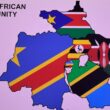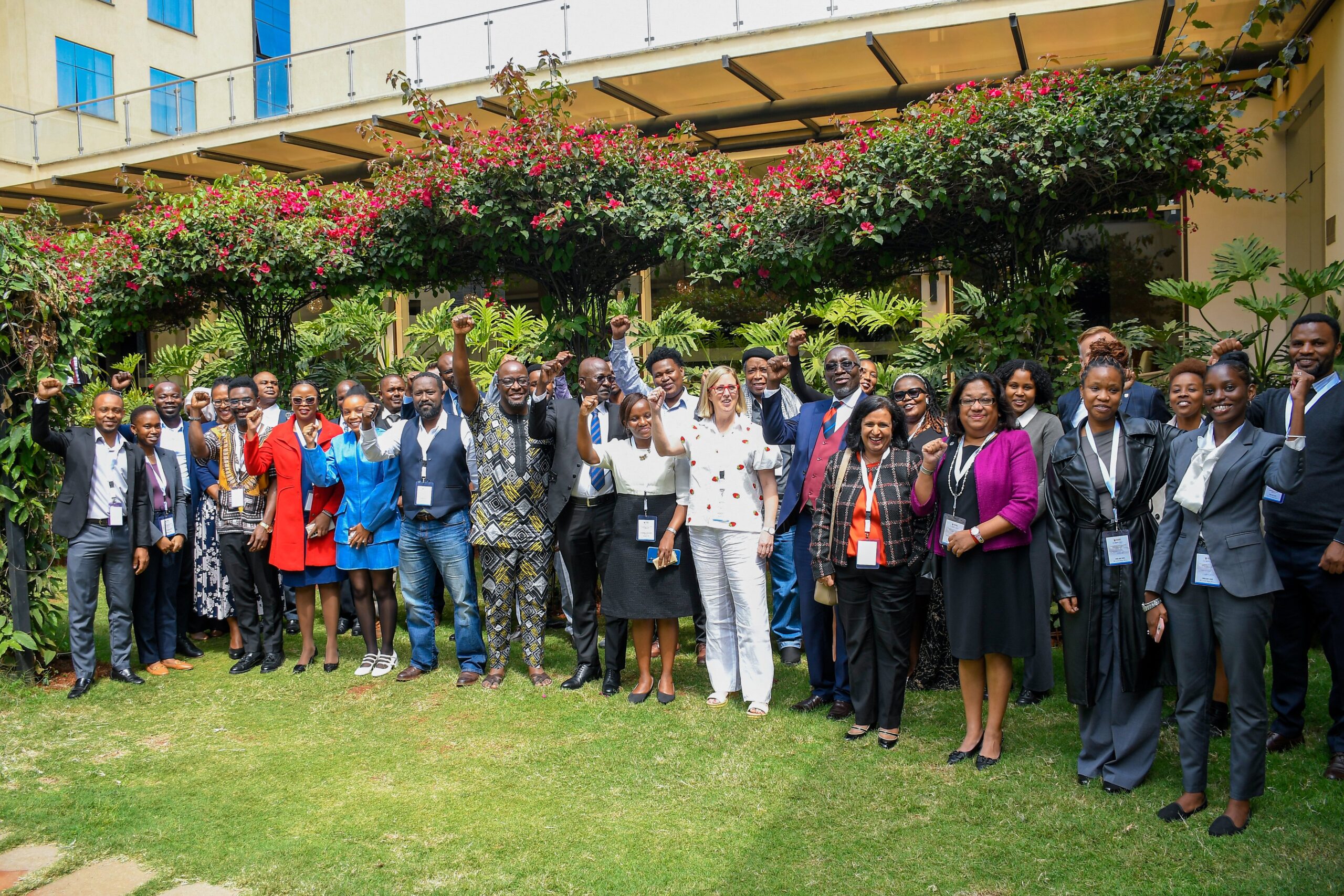NAIROBI, Kenya – Over the past year, Kenya’s democratic landscape experienced a seismic shift few could have foreseen. Not since the days of the second liberation movement, when the bold, reform-driven “Young Turks” challenged the status quo has the country witnessed such a palpable surge of change. This new wave stirred the national consciousness, reshaping conversations around governance, justice, and the power of collective action.
That multiparty struggle was a tour de force, a historic uprising that dismantled the grip of one-party rule and carved out space for democratic expression.
But the Gen Z-led movement of 2024 was an entirely different force. Raw, decentralized, and digitally fueled, it emerged from the depths of economic frustration and political alienation, yet radiated with creativity, audacity and unrelenting speed.
Unlike the structured, ideological resistance of the past, this new wave was agile and meme-powered, emotional, spontaneous, and deeply rooted in the realities of a hyperconnected generation. It didn’t just demand change, it redefined how change itself is imagined and enacted.
Despite the energy and innovation of the Gen Z-led movement, the old ghosts of state repression quickly resurfaced. The government responded with a familiar script, deploying heavily armed police to the streets in a bid to quell the protests.
What followed was a disturbing surge in cases of police brutality, enforced disappearances, and extrajudicial killings. Scenes of young protesters being tear-gassed, beaten, or arbitrarily arrested echoed Kenya’s darker chapters, reminding the nation that while the players may change, the state’s default response to dissent remains deeply entrenched in violence and impunity.
The clash between a fearless new generation and a system unwilling to yield laid bare the unfinished business of Kenya’s democratic journey.
The aftermath of these brutal crackdowns became tragically clear when the Missing Voices report recently laid bare the macabre statistics. The report documented a grim pattern, dozens of lives lost to extrajudicial killings, scores of enforced disappearances and a justice system either complicit or indifferent. Behind each statistic was a name, a face, a story cut short, young lives erased simply for daring to dream of a better Kenya.
The report documented a total of 159 cases of extrajudicial killings and enforced disappearances in 2024. Out of the 159 cases, 104 (65%) were incidents of police related killings while 55 (35%) were those of enforced disappearances.
2024 marked the year that the coalition recorded the highest number of cases of enforced disappearances, before then, 2019 had the highest cases of enforced disappearances at 38.
The year 2024 had an increase of 24 per cent of cases of enforced disappearances and policing killings compared to 2023. However, cases of police related killings saw a drop of 12 percent from 118 in 2023 to 104 in 2024. Enforced disappearances on the other hand increased by 450 per cent from 10 cases in 2023 to 55 in 2024.
45 of the incidents of enforced disappearance reported during the year were male, 9 were female while gender of 1 was not indicated.
During 2023, all incidents of enforced disappearances were men. This implies that even though men continue to be more vulnerable to be victims of enforced disappearance, women too face a resurging danger of being victimized. This could have resulted from the fact that the Gen Zs and Millennials protests which were the main victims of enforced disappearance during the year, saw unusually very high number of young women exercise their constitutional rights to picket and protest.
According to the report, it is worth noting that less than two per cent of police-related extrajudicial killings are in court while most victims of enforced disappearances were neither prosecuted nor allowed to demonstrate their innocence in a court of law. They have not received justice or compensation by the time of the report.
The coalition has recommended the ratification of all human rights conventions and frameworks including those relating to enforced disappearance and extrajudicial killings. These conventions and frameworks should be domesticated through enactment and/or full implementation of relevant legislations and provided with adequate budgetary allocations.
These include ratification of the Convention on Enforced Disappearances, full implementation of Prevention of Torture Act (No. 12 of 2017) and operationalization of the National Coroner Services Act (No. 1 of 2017).
The writer, Shukri Wachu is ICJ Kenya Communications Officer and Missing Voices Technical Representative. This article was first published on Citizen Digital.







